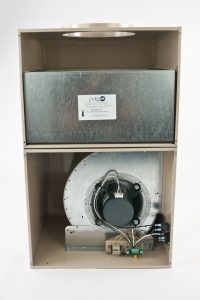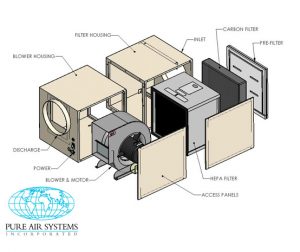Additive Manufacturing Moving To Replace Machining Processes
There are two main factors that are moving the process of using 3D Printing or Additive manufacturing into the product producing mainstream and replacing the traditional machining, CNC and injection molding processes. First, the number of skilled machinists and manufacturing engineers is rapidly declining and secondly, and most important, the younger generation has little or no interest in working for or with any manufacturing operation. The new generation sees their future in the digital world.
The other major reason is the speed in which additive manufacturing has advanced in every facet of product production. This is especially true in the use of additive manufacturing in producing parts from ferrous and nonferrous materials. The ability to produce a steel part that is one piece versus multiple parts or pieces using traditional machining is now blazing new trails in the ability to make a part in one print cycle that used to take five to eight steps. Also, the ability to quickly prototype a part and then change it and print again for five or more iterations in the span of one reduces prototyping and product development to less that 10% of the time for traditional machining.
Interestingly, the method of designing a part for manufacturing is identical in both traditional and additive manufacturing. The use of advanced CAD software allows for the design of any part and the design files are saved in different file types depending whether the part is made on a CNC machine or 3D Printer. This new generation of young workers already know how to use this software as their understanding computers, software, programming and object design is already in place. So, the 3D Printer is a perfect fit for this new group of workers who most likely will work remotely from the actual manufacturing operation.
Pure Air Systems began its operation in 1985 using hand drawings for the design of its HEPA based air filtration systems and then eventually moved into the CAD era and today is looking at using AI for some of its advanced equipment designs. The world of technology is moving at light speed and Pure Air Systems is keeping pace.
For more information on the complete line of HEPA and Carbon based air filtration systems please go to our website at: http://www.pureairsystems.com or call us on our toll free number at: 800-869-8025.


